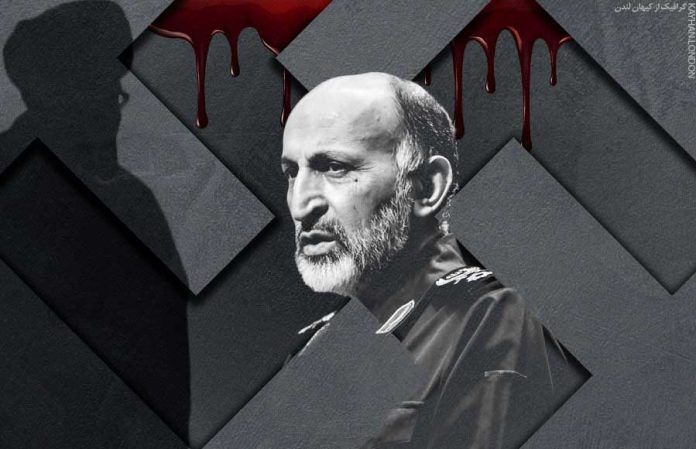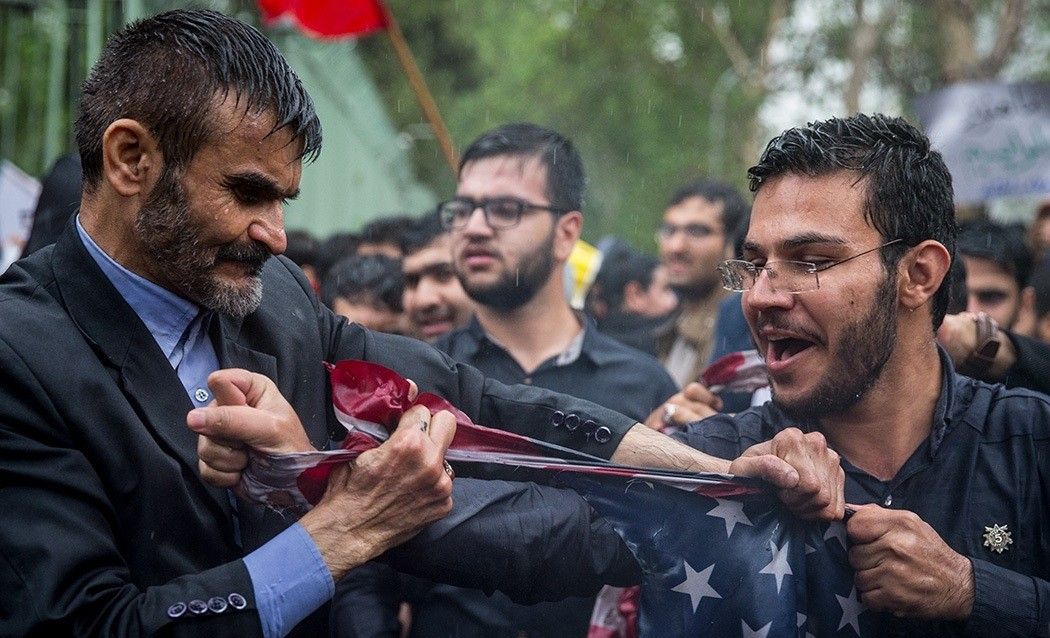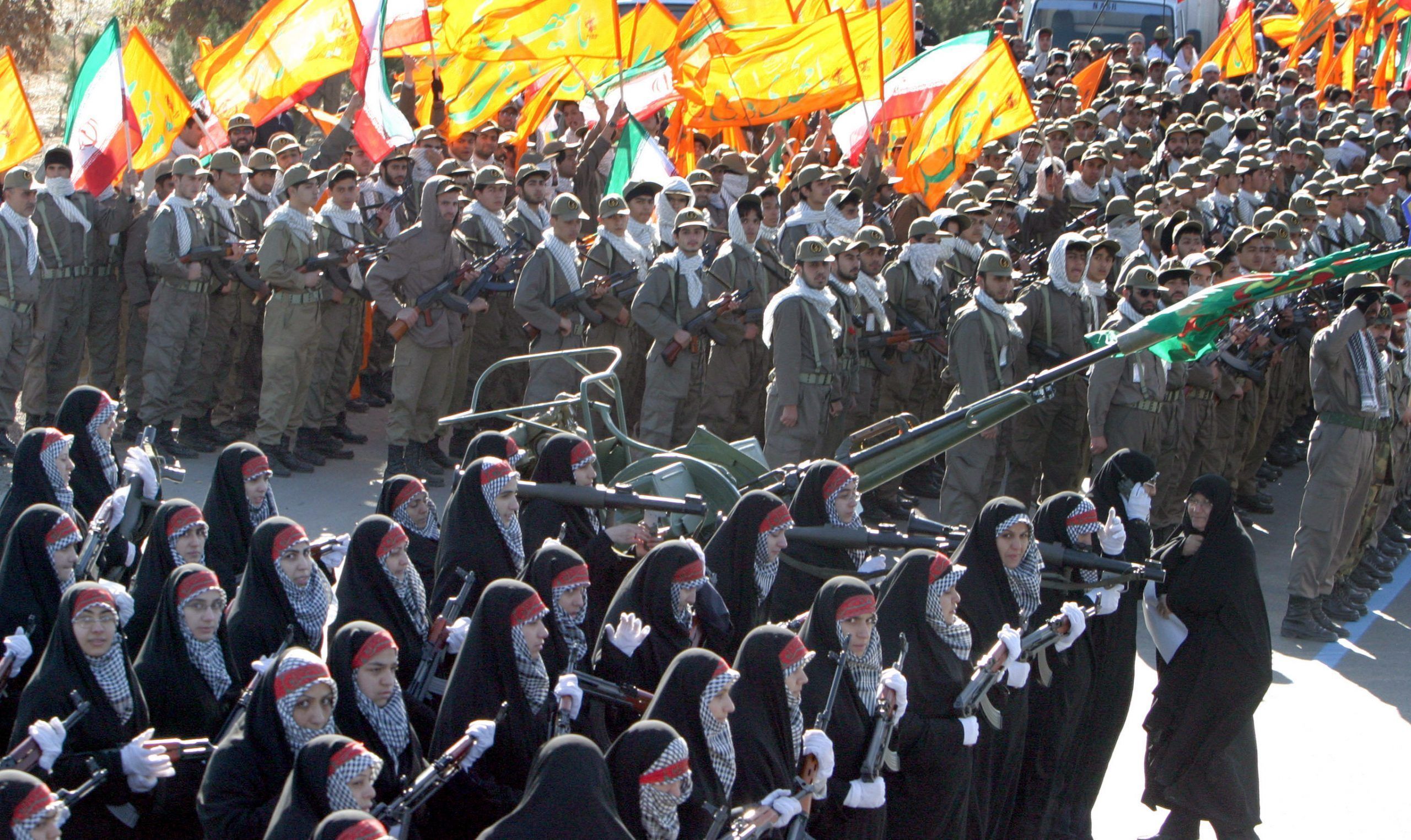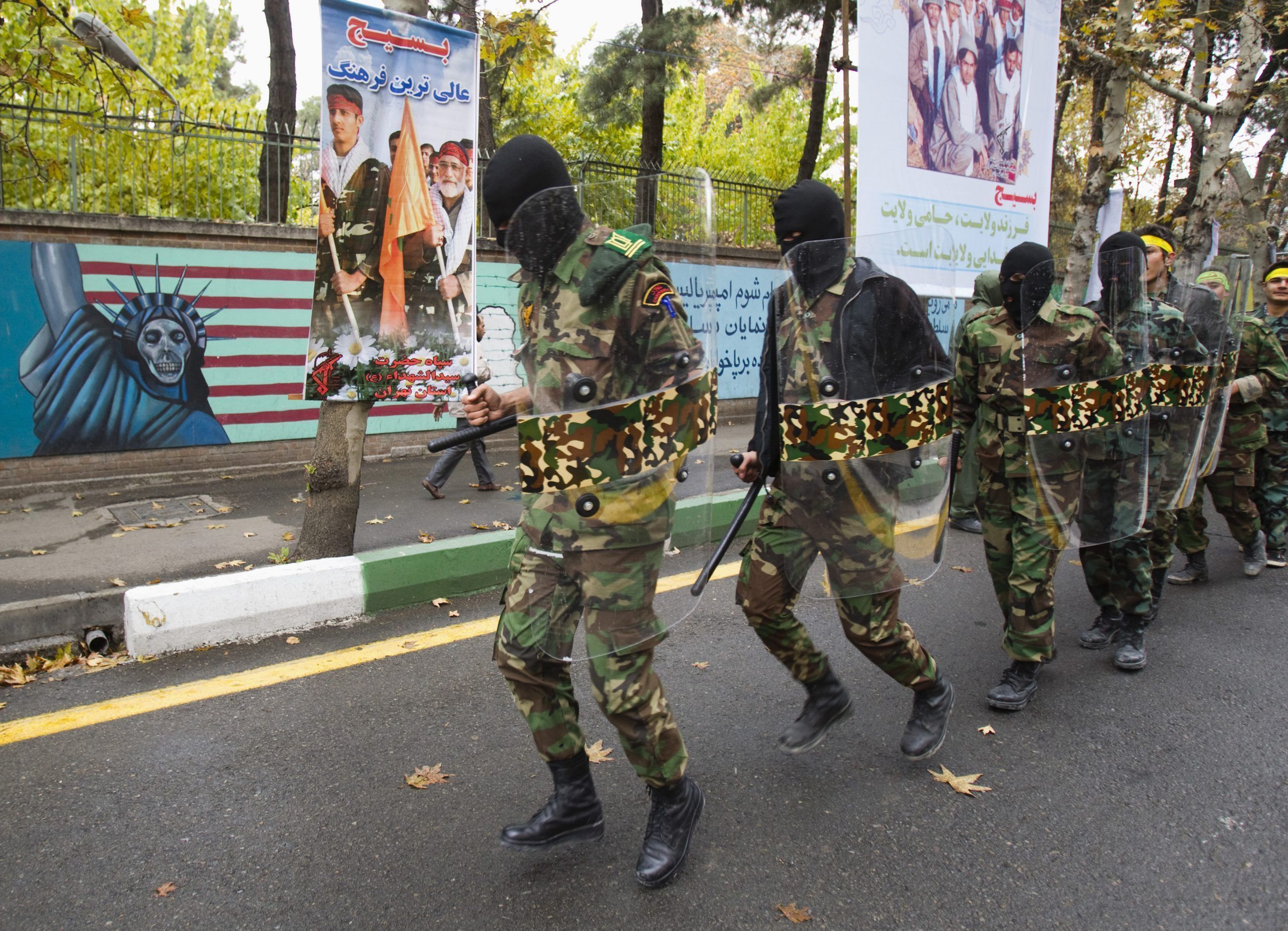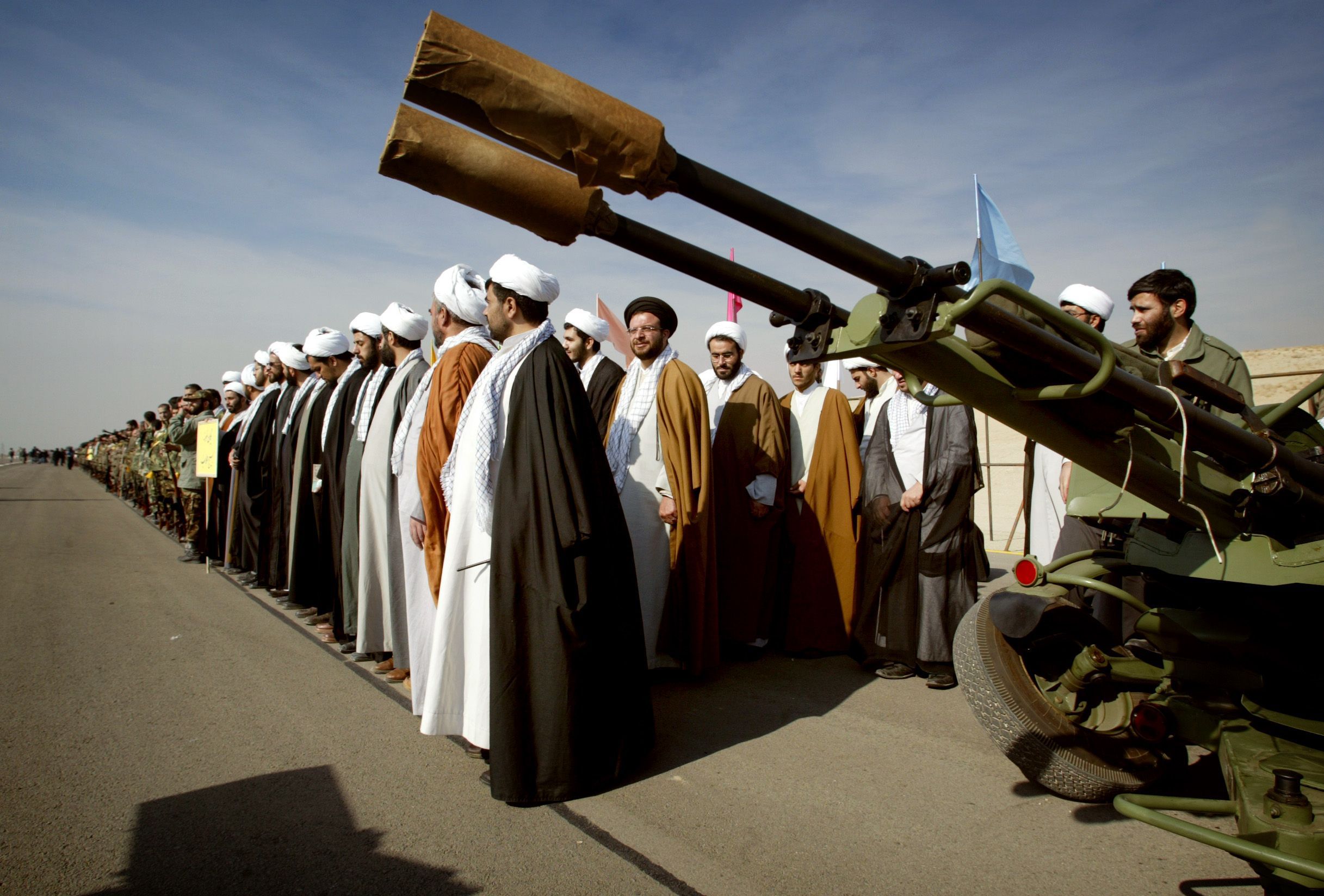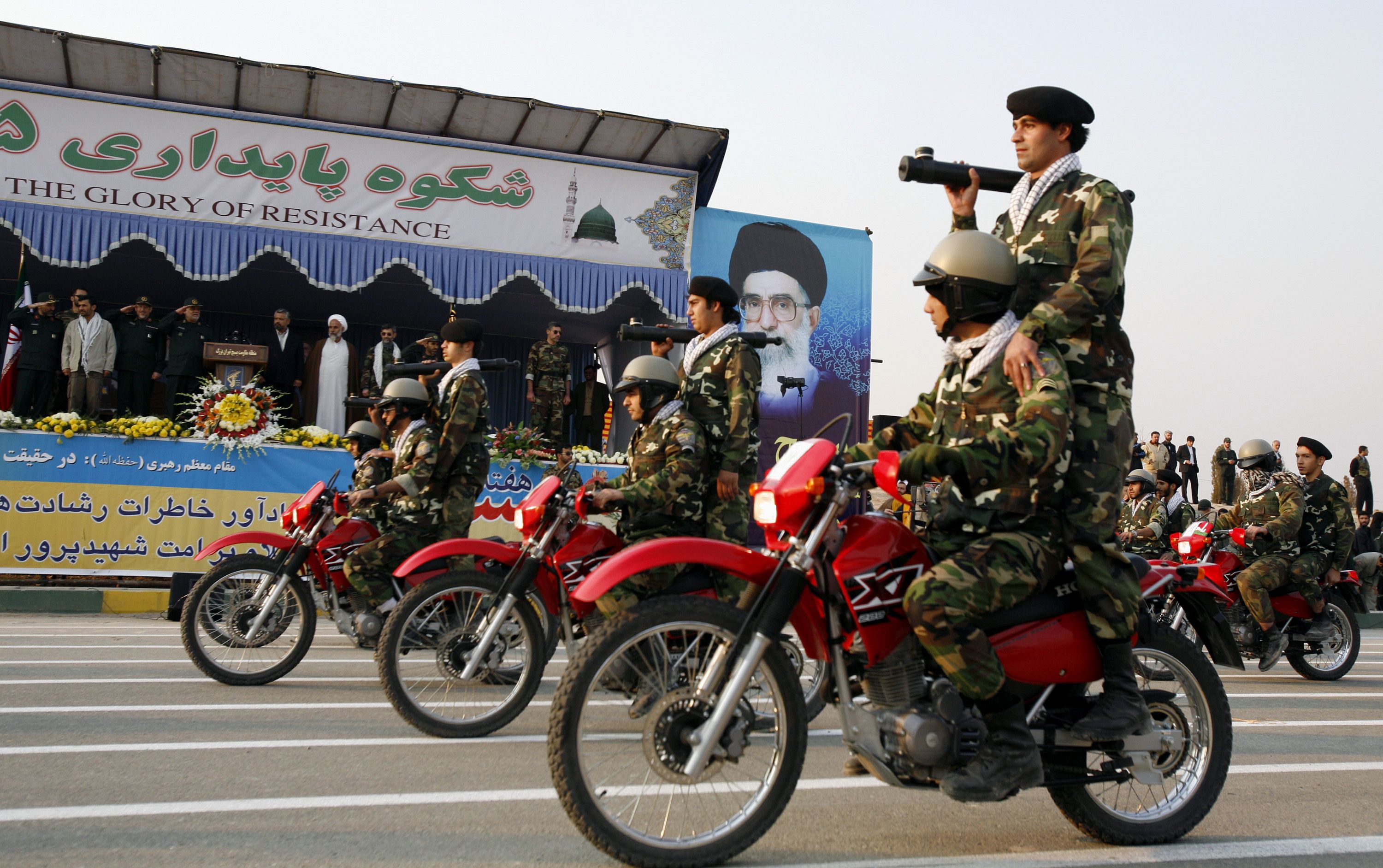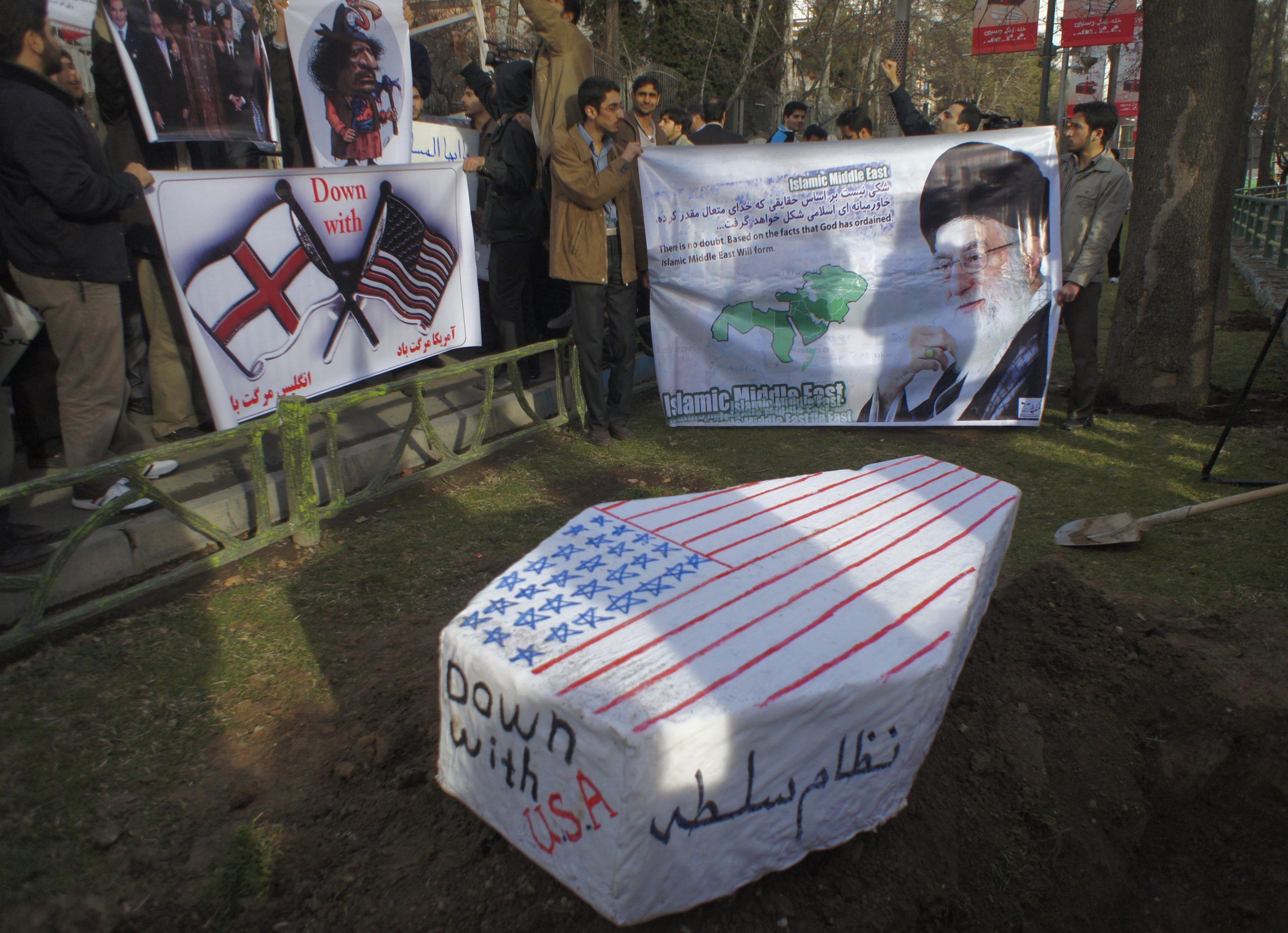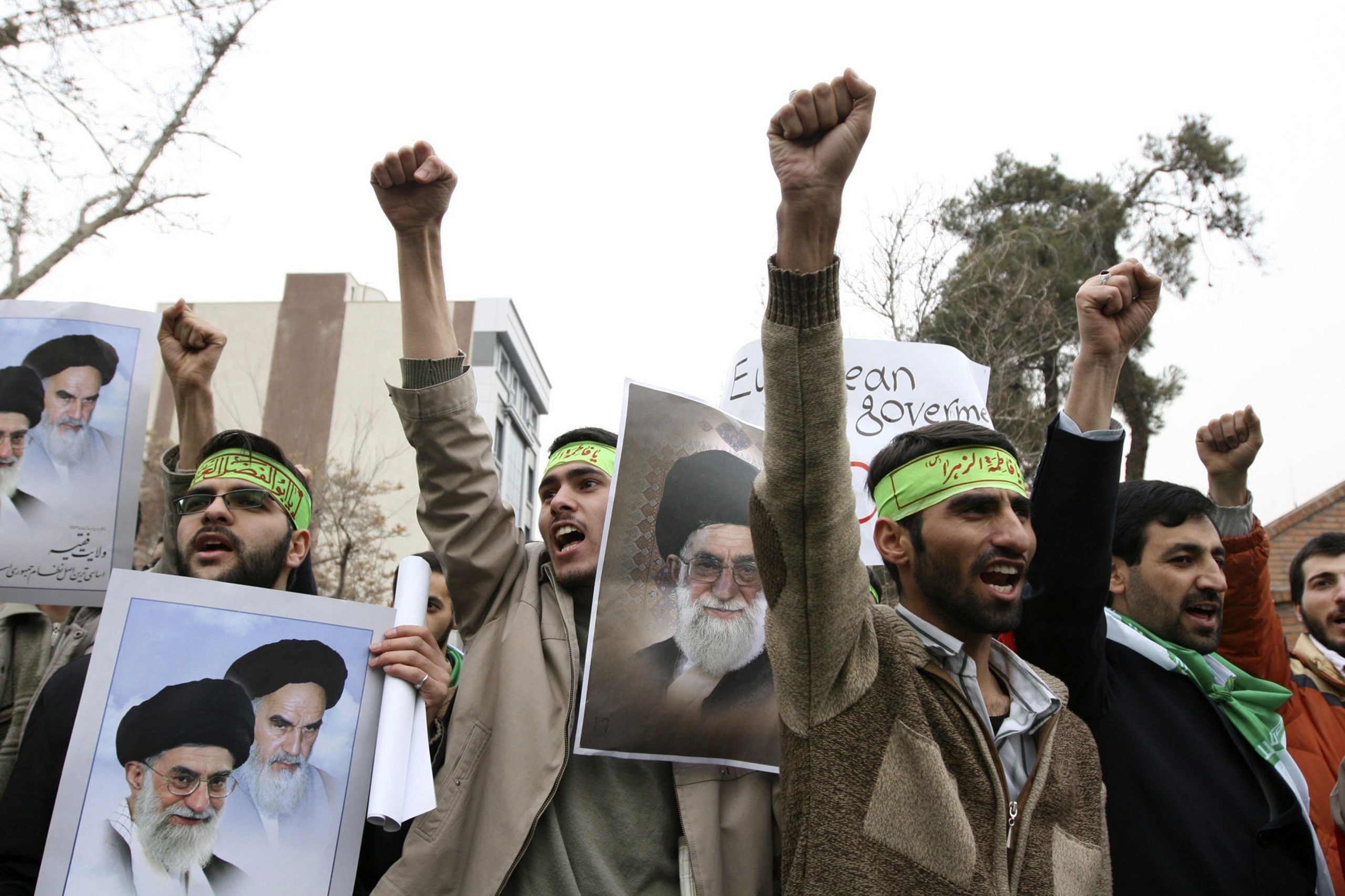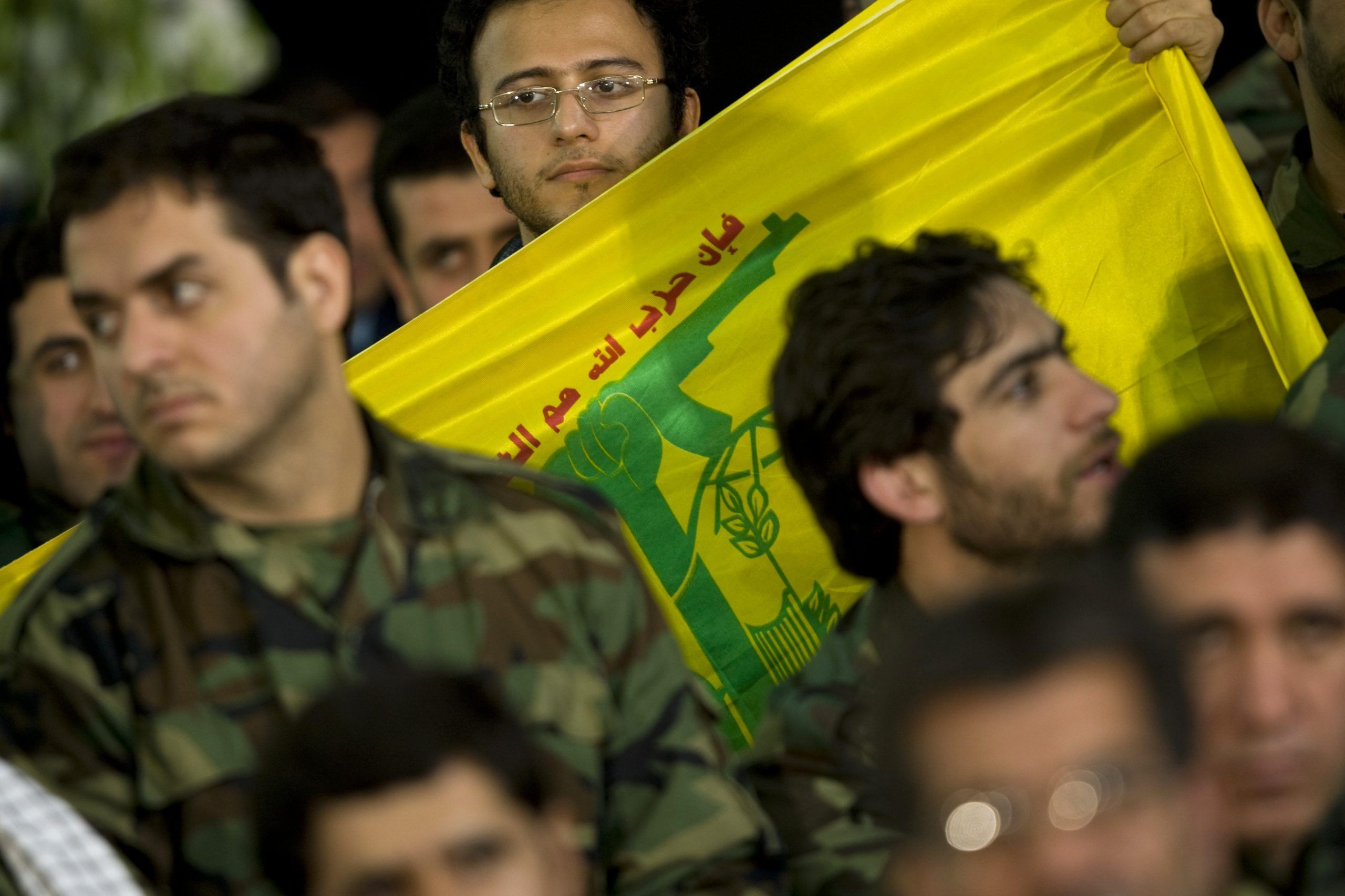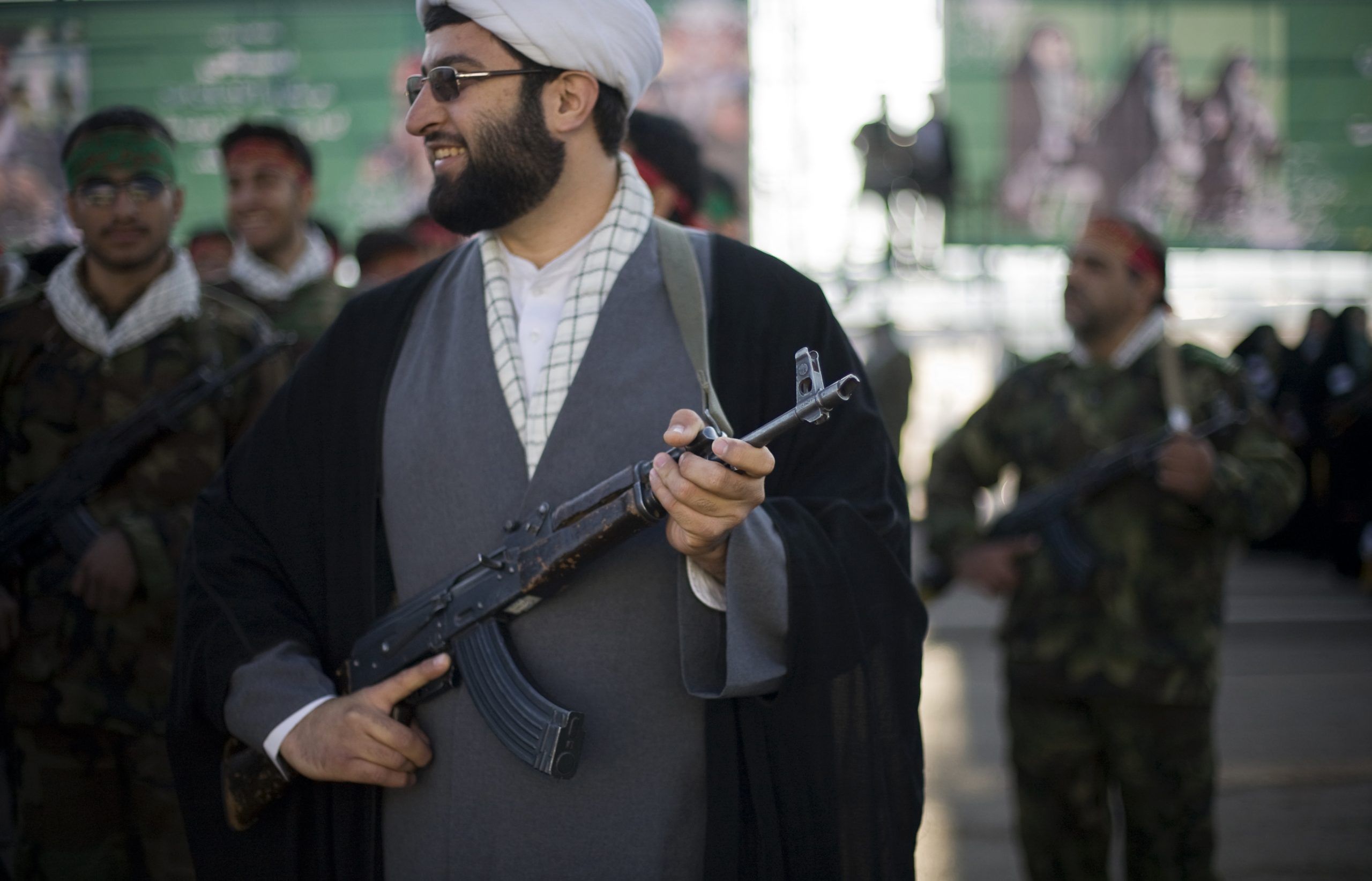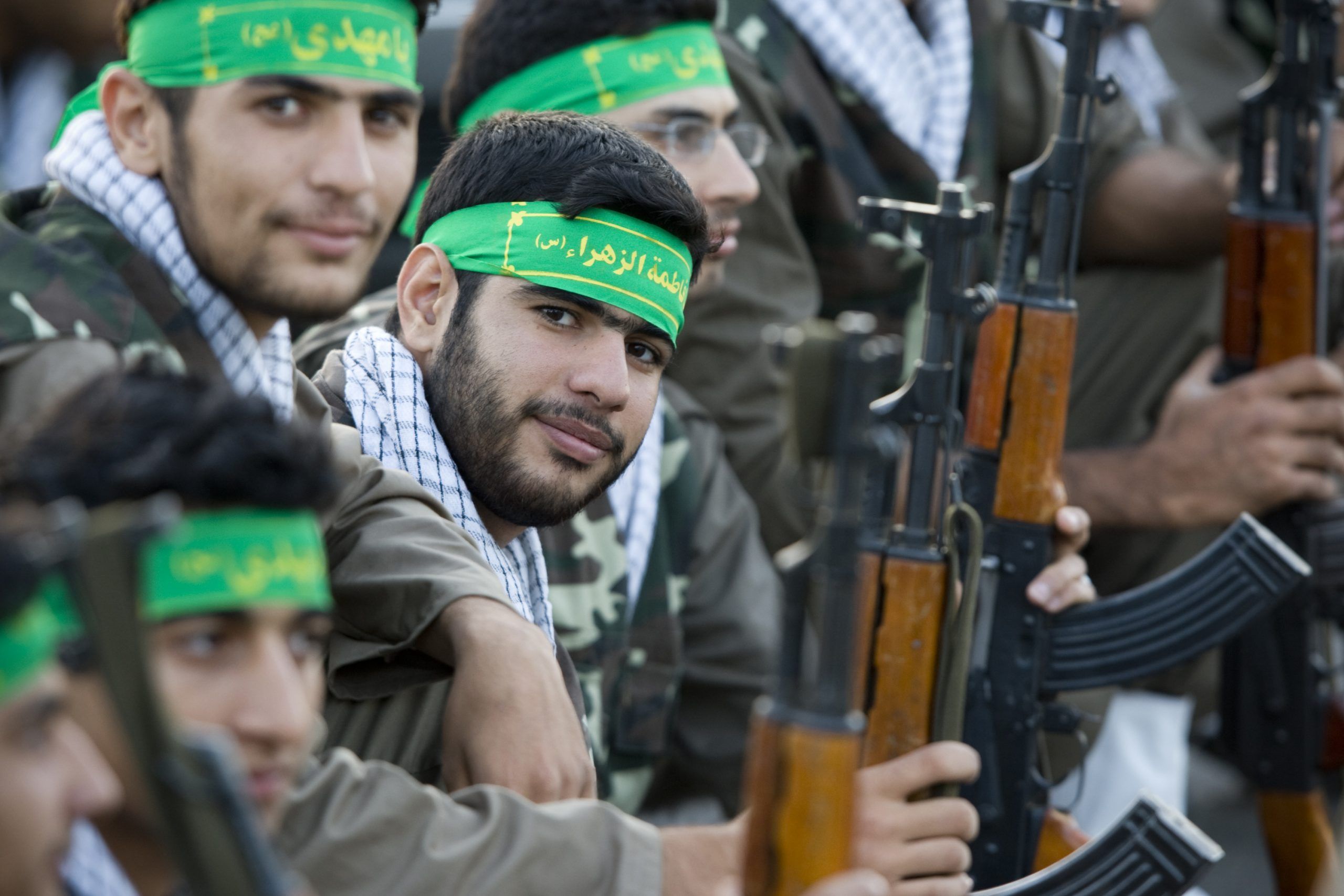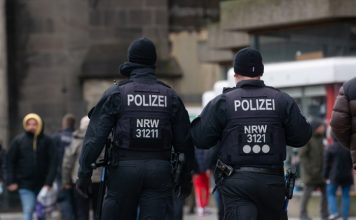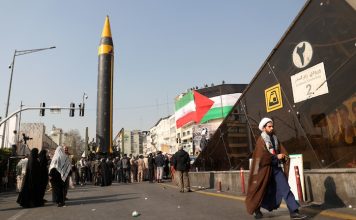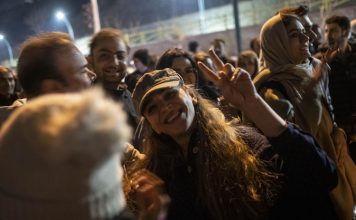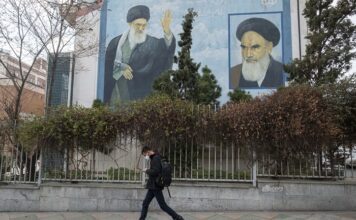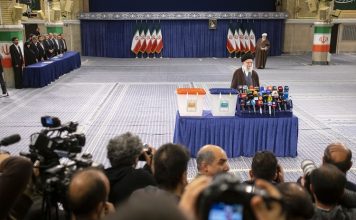By Kayhan Life Staff
On April 18, the public relations office of the Islamic Revolutionary Guards Corps (IRGC) announced that Brigadier General Seyyed Mohammad Hosseinzadeh Hejazi, the deputy commander of the IRGC’s Qods Force (IRGC-QF), had been “martyred” following a “heart attack.”
Hejazi previously served as commander of the IRGC in Lebanon and as head of the Basij Forces from 1997 to 2007. He held senior posts in the IRGC from 2001 until his death, including but not limited to Deputy IRGC Coordination Commander, the IRGC Joint Staff (formerly called General Staff), Deputy IRGC Joint Staff, and the Deputy Chief of Staff for Logistics, Support, and Industrial Research of the General Staff of the Armed Forces.
Article 4 of the charter for the Islamic Republic’s Foundation of Martyrs and Veterans, ratified on May 17, 1998, offers a specific definition of “martyr,” which primarily includes those who have been killed during an official mission or while engaging the “enemies of the state,” or battling “anti-revolution” activities.
The charter also recognizes as martyr those who have died while clearing minefields, deactivating explosives, and chemical or other weapons. Also, a veteran is recognized as a martyr if the medical commission determines that he died of his injuries.
It is unclear why General Hejazi, who died of an apparent heart attack, has been recognized as a martyr.
The assassination of several senior IRGC commanders and experts in charge of the Islamic Republic’s ballistic missile and nuclear programs in recent years has prompted social media users to question the official account of General Hejazi’s sudden death.
Speculation about his suspicious death has been further fueled by Israeli officials’ repeated warnings that they would do their utmost to curb Iran’s nuclear and missile activities, which they consider posing an existential threat to the safety and security of Israel.
Some people believe that General Hejazi met the same fate as Lieutenant General Ghasem Soleimani and Mohsen Fakhrizadeh. They also speculate that to avoid embarrassment, following the recent explosions at the Natanz nuclear facilities and assassinations of IRGC senior officials, the Islamic Republic has fabricated the face-saving story that General Hejazi died of a heart attack.
Lieutenant General Ghasem Soleimani, the former commander of the IRGC-QF, was killed in a U.S. drone attack on Baghdad’s International Airport on Jan. 3, 2020.
On Nov. 27, unknown attackers killed Mohsen Fakhrizadeh, dubbed the “father of Iran’s nuclear program,” reportedly using a “remote control weapon” to fire on his car in Mostafa Khomeini Boulevard in Absard, 80 kilometers east of Tehran.
Many believe that Israel was behind the assassination.
[aesop_image img=”https://kayhanlife.com/wp-content/uploads/2021/04/حجازی-کاور.jpg” panorama=”off” credit=”Mohammad Hosseinzadeh Hejazi. Kayhan London./ ” align=”center” lightbox=”on” captionsrc=”custom” captionposition=”left” revealfx=”off” overlay_revealfx=”off”]
Mr. Fakhrizadeh was an academic physicist and a faculty member at the Imam Hossein University in Tehran and the founder of the Organization of Defense Innovation and Research. He was also an IRGC member with the rank of Brigadier General.
A cyberattack hit Iran’s Natanz nuclear facility on April 11, a day after it unveiled new uranium enrichment centrifuges. Iranian authorities have described the attack as an act of “sabotage.”
The rumors and speculation surrounding Hejazi’s death have been of concern to the IRGC.
In an interview with the Islamic Republic of Iran Broadcast’s (IRIB) Khabar (news) channel on April 19, IRGC spokesperson Brigadier General Ramezan Sharif said Hejazi had died of “the chemical effects of the [Iran-Iraq] war [1980-1988].”
“General Hejazi contracted the coronavirus a few months ago but recovered completely,” General Sharif added. “Zionists are well aware of General Hejazi’s impressive record during the eight years he served alongside Haj Ghasem [Soleimani]. They have been trying to assassinate him for years.”
Mohammad Mehdi Hemmat, the son of the late Mohammad Ebrahim Hemmat, a senior IRGC officer in the Iran-Iraq War, on April 18, tweeted: “Commander Hejazi has flown away. Once again, we could not properly celebrate the birthday of our leader [Iran’s Supreme Leader Ayatollah Ali Khamenei, who was born on April 19, 1939]. I want to say heart problem did not cause his departure.”
“My leader, this soldier of yours, also gave his life in your service. I offer my condolences. I am also prepared to give my life for you.” Mr. Hemmat added.
The tweet included an undated photograph of Hemmat and General Hejazi in civilian clothes.
Hemmat removed the tweet a few hours later and replaced it with another one which said: “God, do not take away this soldier from our leader on his birthday. I wish it were not true.”
Hemmat’s first tweet and its prompt removal have fueled speculations and rumors on social media about “chemical effects” and the “coronavirus” as Hejazi’s cause of death. It would appear that Hemmat had to remove the tweet.
Hejazi was appointed as the commander of the IRGC Sarallah (also spelled Tharallah) military base in Tehran in June 2008. He played a crucial role in crushing the nationwide protests and civil unrest following the controversial 2009 presidential election. In October 2011, the EU imposed sanctions on 29 senior Iranian officials, including General Hejazi, for the “violation of human rights.”
IRGC’s Sarallah units comprise Mohammad Rasulullah and Imam Hossain Divisions, and Ashura, Alzahra, and Imam Ali Battalions. The Sarallah military base is the primary source of human resources for the IRGC-QF. The operations of “IRGC’s Sarallah” are comparable to the “Gestapo” in Adolf Hitler’s Nazi Germany.
On April 18, ‘The Mossad: The Social Media’ @MosadIL tweeted in English: “Deputy commander of the IRGC Mohammad Hejazi, who took part in the AMIA’s [Argentine Israelite Mutual Association] building bombing in Argentina, and supplied Hezbollah with precision-guided missiles has died a natural and non-suspicious death.”
“He held key and consequential senior positions during his service to the IRGC,” Mr. Khamenei said in his message of condolences to General Hejazi’s family. “His absence is a source of great sorrow and sadness.”
“Hejazi was one of the most significant components of the Axis of Resistance,” a message by the Speaker of the Majlis (Iranian Parliament), Mohammad Bagher Ghalibaf, said. “He played a critical role in organizing the Axis of Resistance.”
In separate messages, Major General Mohammad Bagheri, Chief of Staff of the Iranian Armed Forces, and Sayyed Hassan Nasrallah, the Secretary-General of the Lebanese Hezbollah, offered their condolences to the Hejazi family.
General Hejazi’s family, senior government officials, and military commanders attended his funeral on April 20 in his birth city of Isfahan, the capital of the central province of Isfahan.

